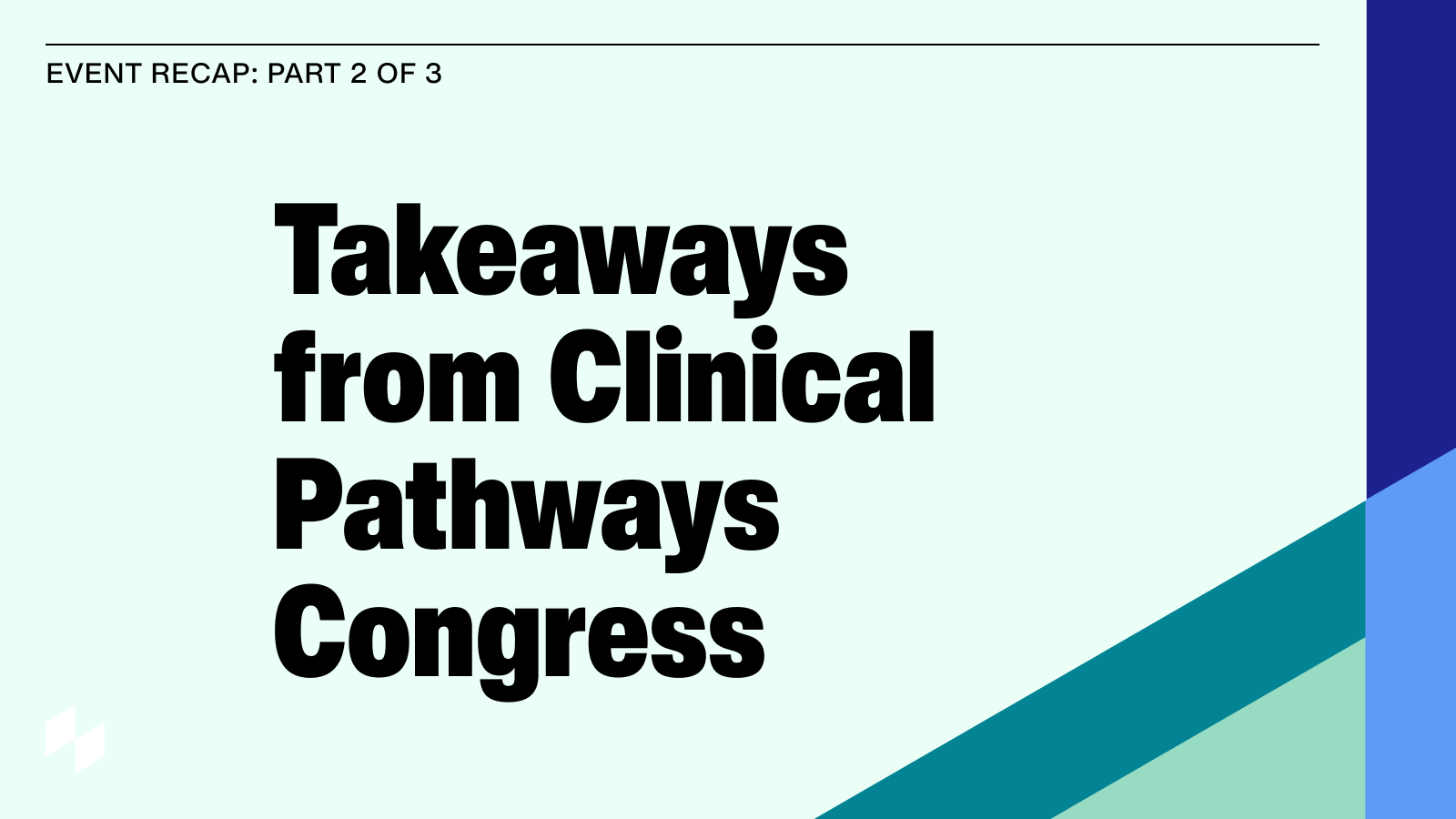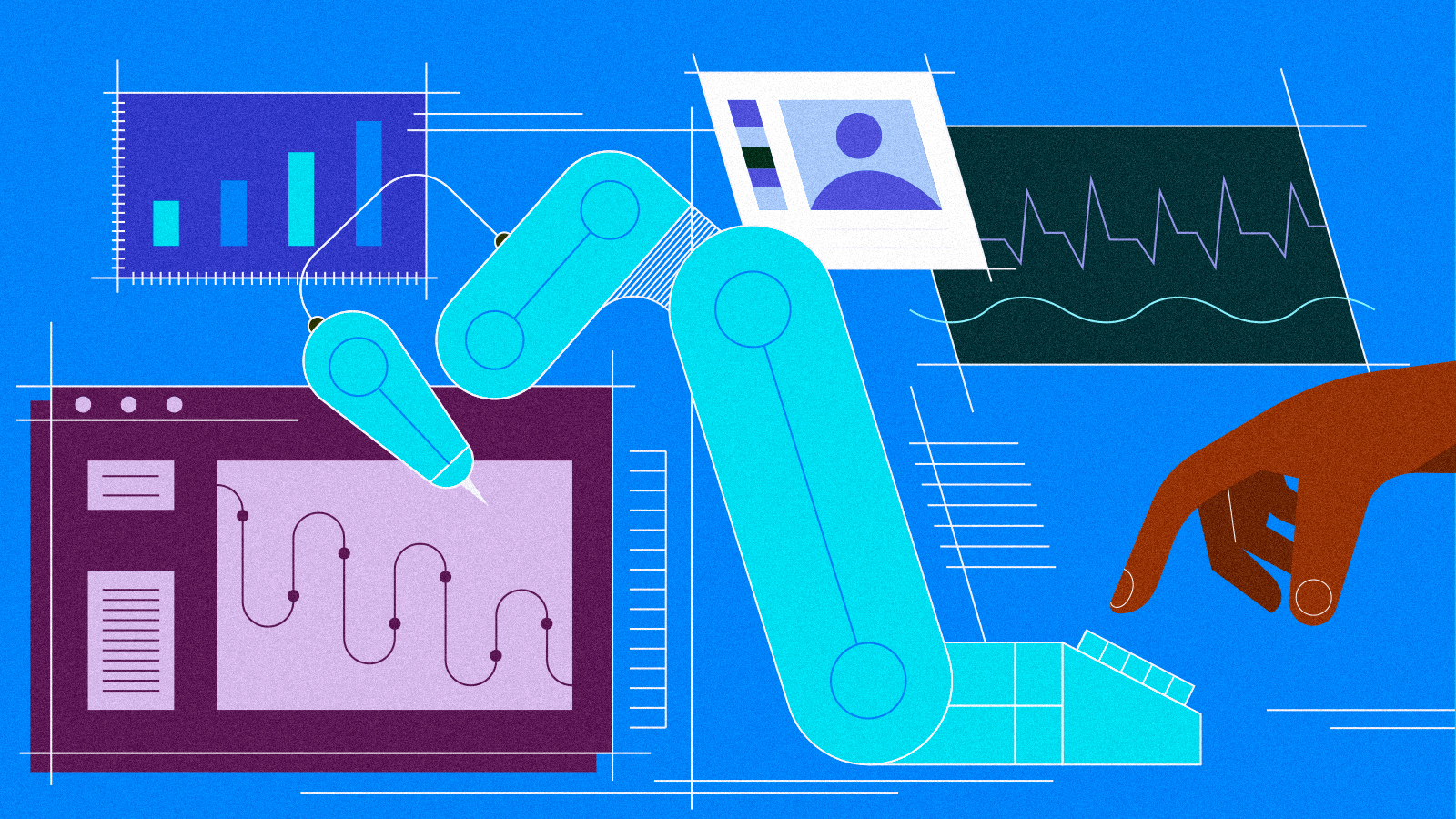Roger Pickar was diagnosed with a rare cancer in December 2014. A chef, comedian, husband, father and champion of the local arts community, he was successfully treated for more than a year with standard therapies. When the cancer eventually returned, his oncologist prescribed an "off label" drug—one the Food and Drug Administration had approved for other types of cancer, but not the one that afflicted Roger. That meant it wouldn't necessarily be covered by insurance.
The physician mentioned another possibility: Roger could apply to be considered for experimental treatment as part of a special program or a clinical trial at a medical center thousands of miles away. Roger decided to stay close to family and in the care of his own oncologist. Like countless other cancer patients, he faced difficult choices. He died at 73, two years after his diagnosis.
Roger's story illustrates the challenges facing patients, their oncologists and the cancer researchers who aim to match experimental treatments to the patients best suited for them. Typically, drug development is a multiyear process that begins with a series of laboratory studies and culminates with human testing in controlled clinical trials. There is strong demand for access to experimental therapies in clinical trials, but only an estimated 3% to 5% of adult cancer patients in the U.S. end up participating.
Traditionally, the safety and effectiveness of new cancer therapies is demonstrated through randomized clinical trials—studies in which patients are randomly assigned to receive either an experimental new treatment or a comparator therapy. Despite the potential for direct health benefits, patients with cancer—especially sicker patients, those in rural areas, minorities and the elderly—enroll at lower rates than those with other diseases.
That's often because of strict eligibility requirements, combined with logistical challenges. Conventional clinical trials are usually conducted at large medical centers, far from where most cancer patients live and get treatment. The trials can also be difficult to find, require time away from work and family, and present complicated insurance challenges.
The good news is that technology innovations are moving us toward modern clinical trial designs. Electronic health records, now common in U.S. medical practices, allow physicians to collect timely and detailed data that could be used for exploring ways of bringing clinical research directly to patients. Those records are becoming the technological building blocks of a new research model based on real-world evidence, which aims to provide insights regarding the usage and potential benefits or risks of a drug by analyzing patient data collected as part of routine delivery of care.
Real-world evidence captures the experience of real-world patients, who are generally more diverse than the selective cohorts enrolled in clinical trials. Additionally, real-world data from electronic health records may be used after a drug's approval to answer important questions about its use. Researchers can, for example, search through anonymized data from patients taking a specific cancer drug to see whether those with a certain tumor mutation respond better or worse than other patients. Such information could help doctors personalize therapies based on the patient's genomic makeup.
Moving clinical research to a doctor's office, the point of routine care, may also address the difficulties patients and doctors face with off-label drugs. If local physicians can participate in conducting real-world randomized clinical trials in their own practices, new uses of approved drugs could be carefully studied, potentially generating evidence supporting approval of a new use. Real-world clinical trials could also limit disruptions to patients' lives by reducing the need for long-distance travel.
The promise of real-world evidence obtained at the point of routine care comes with a responsibility to ensure data quality, privacy and safety, while maintaining ethical standards and compliance with good clinical-practice guidelines. There are reasons why real-world trials are not yet the norm: lack of organizational and technical infrastructure at the point of care makes it difficult to meet the rigorous standards conventional clinical trials are required to meet. Addressing these and other challenges will take a thoughtful, well-coordinated approach involving all stakeholders.
As for Roger Pickar, evidence specific to treatments for his disease could have informed more-individualized treatment decisions—and his experience, gathered as real-world data, could have contributed to our collective knowledge about his disease. He was the father of Amy Abernethy, one of the authors of this article, and he would have wanted others to learn from his experience to help patients like him in the future.
Dr. Abernethy is chief medical officer and chief scientific officer at Flatiron Health. Dr. Khozin is an acting associate director in the U.S. Food & Drug Administration's Oncology Center of Excellence and founding director of the agency's Information Exchange and Data Transformation Program.
Appeared in the September 13, 2017, print edition of The Wall Street Journal.



